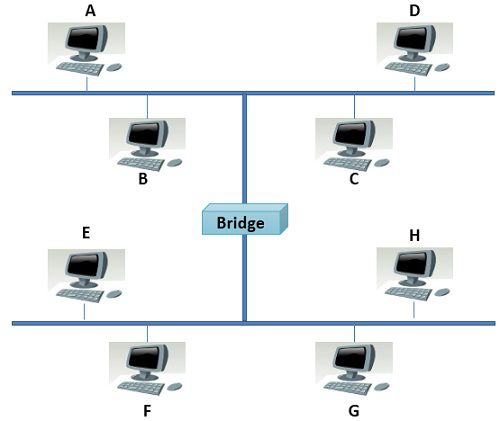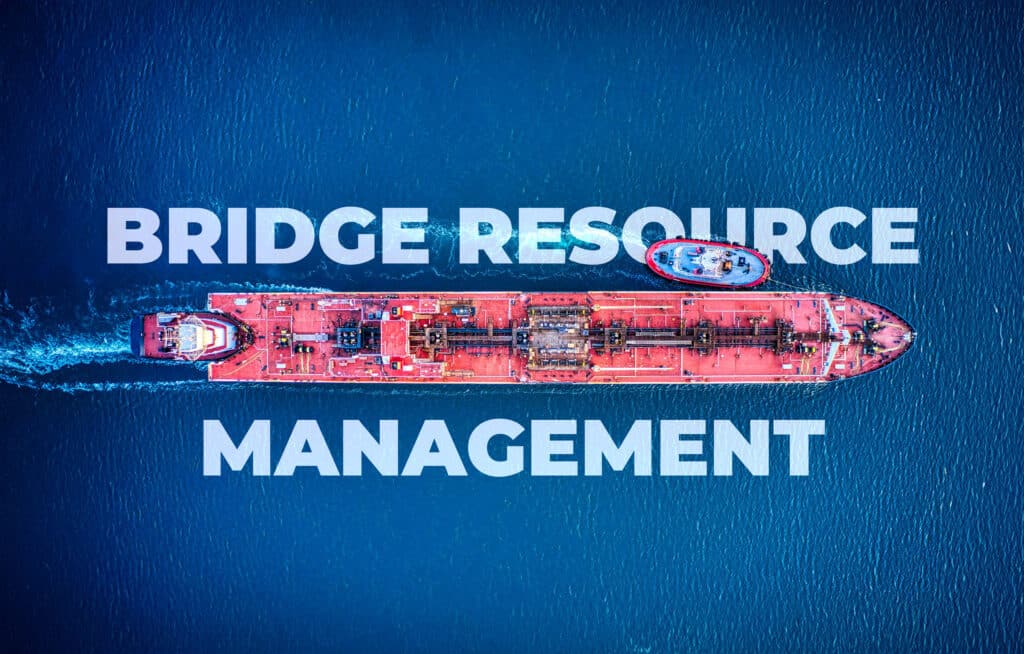What is Bridge A Comprehensive Guide to Understanding this Essential Structure
A bridge is a structure that spans a physical obstacle such as a river, valley, or road. It is designed to provide a passage over the obstacle and connect two points, allowing for the easy movement of people, vehicles, and goods between them. Bridges have been an essential part of human civilization since ancient times, and their significance continues to grow in the modern world.
In this article, we will delve deeper into the world of bridges and explore their history, different types, construction process, and importance. So, let’s begin our journey to understand what exactly is a bridge and why it is so crucial in our lives.
1. History of Bridges

Bridges have existed for thousands of years, with the earliest known bridge dating back to 1300 BC in Greece. This bridge, known as Arkadiko Bridge, was a simple stone arch bridge that spanned the River Tiryns.
Since then, humans have built various types of bridges, each with its unique design and purpose. The ancient Romans, with their advanced engineering skills, constructed several impressive bridges that still stand today, such as the Pont du Gard aqueduct in France. During the Industrial Revolution, the development of new materials like steel and concrete revolutionized the construction of bridges, making them stronger, more durable, and able to span longer distances.
2. Types of Bridges

Bridges can be classified into several types based on various factors such as the materials used, structural design, or purpose. Let’s take a look at some of the most common types of bridges.
a. Beam Bridges
Beam bridges are the simplest type of bridge and consist of a horizontal beam supported by vertical columns or piers. They are commonly used for short spans and are suitable for locations with low water flow or traffic. Beam bridges are made from wood, concrete, or steel and are one of the oldest forms of bridges still in use today.
b. Arch Bridges
Arch bridges have been around since ancient times and are one of the earliest forms of bridges. They consist of a curved arch that spans an obstacle and transfers the weight to its supports on either side. Arch bridges can be made from stone, brick, or concrete and are suitable for long spans as they distribute weight evenly across the structure.
c. Truss Bridges
Truss bridges consist of a series of interconnected triangles that distribute weight evenly across the structure. They are one of the most common types of bridges and can span relatively long distances. Truss bridges are primarily made from steel and are often used for railway tracks and highways.
d. Suspension Bridges
Suspension bridges are some of the longest and most impressive structures in the world. They consist of two main towers connected by cables, with the roadway suspended from them. Suspension bridges are designed to withstand heavy loads and are commonly used for crossing large water bodies or valleys.
e. Cable-stayed Bridges
Cable-stayed bridges are similar to suspension bridges, but instead of having cables connecting directly to the roadway, they are attached to towers that support the bridge deck through shorter cables. This design allows for longer spans and is commonly used for both road and pedestrian bridges.
3. Construction of Bridges

The construction process of a bridge involves several stages, each essential in ensuring the safety and durability of the structure. Let’s take a look at the different steps involved in constructing a bridge.
a. Site Selection and Surveying
Before the actual construction can begin, engineers must select the best location for the bridge and conduct a detailed survey of the site. This includes studying factors like topography, soil conditions, and environmental impact to determine the optimum design and materials for the bridge.
b. Foundation Work
The foundation of a bridge is critical in providing a stable and durable base for the structure. The type of foundation used depends on the soil conditions at the site, but it typically involves excavating deep into the ground and pouring concrete to create a strong base.
c. Pier Construction
Once the foundation is complete, work begins on constructing the piers or supports for the bridge. Piers are typically made from reinforced concrete and are designed to withstand significant weight and external forces like water flow or wind.
d. Building the Superstructure
The superstructure is the main deck of the bridge and is responsible for bearing the weight of traffic. It can be constructed using various materials like steel, concrete, or wood, depending on the design and purpose of the bridge.
e. Adding the Finishing Touches
After the main structure is complete, the bridge goes through a series of finishing touches, including painting and adding guardrails and lighting. These elements not only enhance the aesthetics of the bridge but also play an essential role in ensuring the safety of users.
4. Importance of Bridges

Bridges have played a crucial role in human civilization, facilitating trade, transportation, and communication between different regions. They have opened up access to new territories, connected communities, and facilitated economic growth. Let’s take a look at some of the key reasons why bridges are essential structures in our lives.
a. Facilitating Trade and Commerce
Bridges have always been vital in connecting regions and facilitating the movement of goods and people. With the rise of globalization and international trade, bridges have become even more crucial in connecting countries and enabling the exchange of goods and services.
b. Enabling Transportation
Bridges provide a safe passage over physical obstacles, making it easier for people to travel between places. They are an essential part of our transportation infrastructure, allowing for the smooth movement of vehicles, pedestrians, and even animals.
c. Connecting Communities
In many cases, bridges are the only means of connecting communities living on either side of a river or valley. They not only provide access but also promote social interaction and cultural exchange between different communities.
d. Supporting Economic Growth
Bridges help open up new territories for development, allowing for the growth of industries and economies. They also make remote areas more accessible, connecting them to urban centers and creating new opportunities for trade and commerce.
e. Aesthetic and Cultural Value
Many bridges are not just functional structures but also works of art that hold significant cultural and historical value. They have become landmarks and tourist attractions, attracting visitors from all over the world.
5. Challenges in Bridge Construction

While bridges have been an essential part of human civilization for centuries, their construction poses numerous challenges that engineers must overcome. Let’s take a look at some of the key challenges involved in building bridges.
a. Sourcing Suitable Materials
One of the most significant challenges in bridge construction is finding suitable materials that can withstand the weight, external forces, and environmental conditions at the site. This involves extensive research and testing to ensure the safety and longevity of the structure.
b. Accounting for Dynamic Loads
Bridges must be able to support dynamic loads like heavy traffic or strong winds without compromising their structural integrity. Engineers use advanced techniques like finite element analysis to predict the performance of the bridge under these loads and make necessary design modifications.
c. Dealing with Natural Disasters
Bridges are built to withstand natural disasters like earthquakes, floods, and hurricanes. This requires extensive planning and specialized design and construction techniques to ensure the bridge can withstand the forces of nature.
d. Managing Environmental Impact
The construction of bridges can have a significant impact on the environment, affecting wildlife and disrupting ecosystems. Engineers must take into account these factors and implement measures to minimize the environmental impact during and after construction.
e. Ensuring Safety and Durability
Bridges are crucial structures that are responsible for the safe passage of people and vehicles. As such, their safety and durability are of utmost importance, and engineers must ensure that all safety standards and regulations are met during the construction process.
6. Innovations in Bridge Design
With advancements in technology and engineering, new innovations in bridge design have emerged, revolutionizing the way bridges are built. Let’s take a look at some of the latest developments in bridge design.
a. Prefabricated Bridge Elements
Prefabrication is a technique where bridge elements are constructed off-site and then transported to the site for assembly. This method allows for faster construction, reduces costs, and ensures higher quality control.
b. Self-healing Concrete
Self-healing concrete is a game-changer in bridge construction, as it can repair cracks and other damage on its own without the need for costly repairs. This technology uses bacteria or capsules of healing agents embedded in the concrete, which activate when water enters the cracks, sealing them and preventing further deterioration.
c. 3D Printing
The use of 3D printing in bridge construction has been gaining popularity in recent years due to its ability to create complex and efficient designs while reducing costs and construction time. It also allows for more flexibility in terms of materials used, with some projects using recycled materials like plastic for 3D printing bridges.
d. Smart Bridges
Smart bridges incorporate sensors, cameras, and other technologies to monitor the condition of the bridge and detect any potential problems before they become major issues. This not only helps with maintenance but also ensures the safety of users by providing real-time updates on the structural health of the bridge.
e. Green Bridges
Green bridges, also known as living bridges, incorporate vegetation and greenery into their design, making them not just functional structures but also sustainable additions to the environment. These bridges not only provide a natural habitat for plants and animals but also help reduce carbon emissions and improve air quality.
Conclusion
Bridges are an integral part of our daily lives, connecting us physically and economically. They have evolved from simple structures made of wood and stone to sophisticated engineering marvels that can span long distances and withstand extreme conditions. With advancements in technology, we can expect to see even more innovative designs and construction techniques, making bridges safer, more durable, and environmentally friendly. As we move towards a more connected world, bridges will continue to play a crucial role in shaping our societies and economies, making their understanding and importance even more significant.